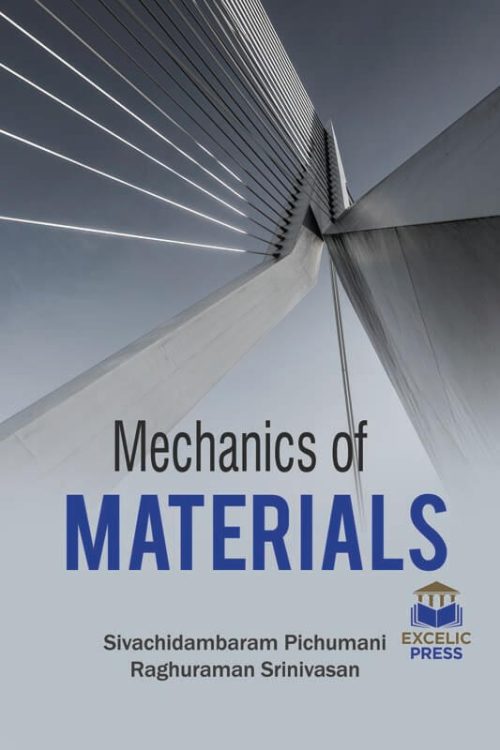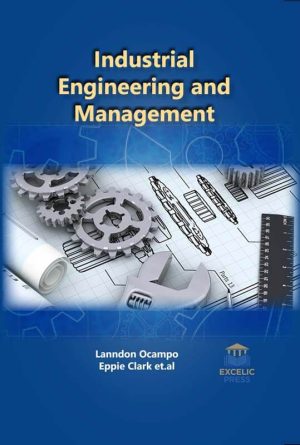Description
Materials are a crucial part of our existence, for our daily requirements, and even for the sustenance of our life. In the Stone Age, the natural materials were stone, wood, bone, fur, etc. Materials are imperative to manhood as they provide several benefits that can be consequent from the manipulation of their properties like electrical conductivity, dielectric constant, magnetization, optical transmittance, strength, and toughness. All of these properties are associated with the internal structures of the materials. Structural properties of materials include their types of atoms, the local configurations of the atoms, and the preparations of these configurations into microstructures.
This comprehensive book offers a comprehensive treatment of the principles of the mechanical behavior of materials. It concerns itself with the use of fundamental and applied knowledge of materials, so that they may be modified and converted to usable products, as needed or desired by society. This book discusses problems on the equilibrium and stability of simple structural elements under elastic and elastic-plastic deformation, including the plastic flow of materials under pressure; creep and dynamic resistance of materials. The elasticity concept of solid materials is the deformation with the external force application and recovery to its original shape after the forces removed. In the strength measurement of the material, stress (force per area) and strain (deformation per unit length) are the criteria used. In the first chapter, the historical development of the “elasticity theory” was presented briefly, and recent studies performed about the elasticity concept were categorized and listed according to their basic engineering problem groups. Further, this book elaborates mechanical behaviors like bending load, microhardness, the tensile strength of Al-SiC composites with varying weight percentages of SiC. It also checks for a homogenous distribution of SiC reinforcement in the aluminum matrix using microstructures, ICP-OES and EDAX. It also goes on to explore SEM fractography and XRD patterns to validate the mechanical behavior and homogeneity of SiC reinforcement on the aluminium matrix.
The book is expected to provide insight into the performance-based durability design of structures made of or strengthened with ECC. Recently, a Polyvinyl alcohol (PVA)-steel hybrid fiber reinforced engineered cementitious composites (ECC) which were identified to have an ideal combination of high strength and ductility have been synthesized. These composites display a tighter crack width which could lead to less permeation when cracked and thus result in stronger and more resistant ECC structures. The book goes on to look into processes to retain strength in Mg-LPSO alloys while maintaining a small concentration of yttrium, by using severe plastic deformations. In Al-Zn-Mg wrought aluminum alloys, the required properties of the final product are affected by the morphology of intermetallic phases and microstructures due to their significance in mechanical properties and resistance to corrosion and decay. The proper design of structural elements exposed to the aggressive impact of chloride ion medium requires a comprehensive understanding of the relationships between microstructure, microsegregation of alloying elements, type and morphology of intermetallic precipitations, and the heat or thermomechanical treatment performed.
This book provides a clear, comprehensive presentation of both the theory and applications of mechanics of materials.





